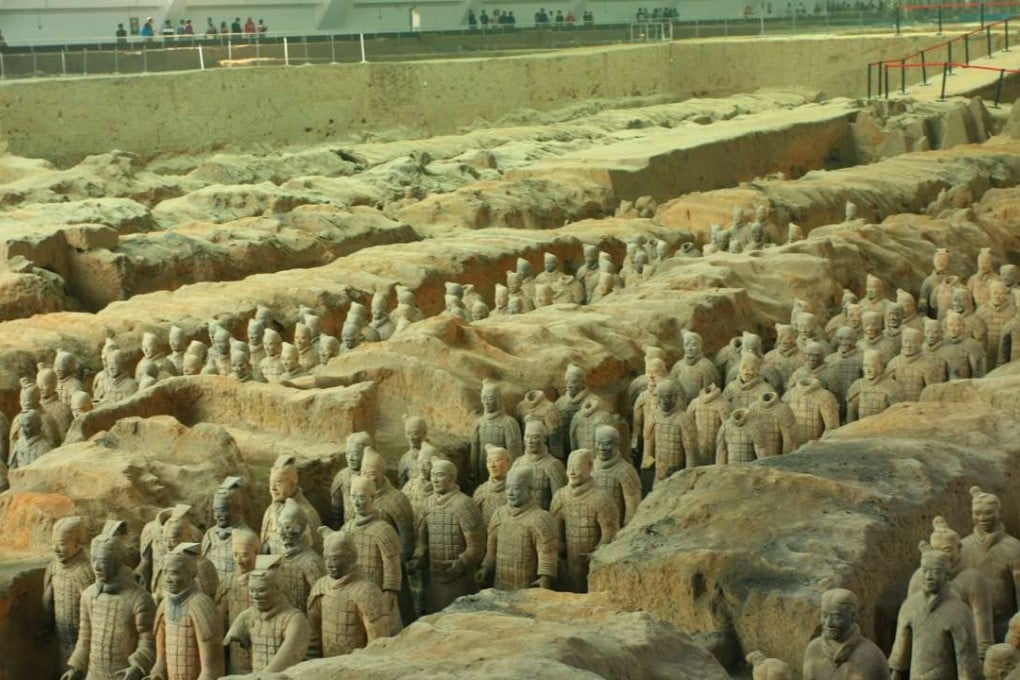City of Eternal Peace: Xian is the heart of Chinese civilisation
Even as the city modernises, the historical and cultural heritage provides an anchor for 21st century citizens of the imperial city

Xian has been the heart of Chinese civilisation for millennia. Even when the capitals of later Chinese dynasties moved east, the core of Chinese culture remained intact in the central province of Shanxi where the imperial capital once known as “City of Eternal Peace” presided over the beginning and end of the famed Silk Road and the rise and fall of more than a dozen of China’s most fabled imperial dynasties.
Xian’s historical legacy remains ever-present in the looming majesty of the city walls – the largest in the world – and the many temples, pagodas and relics that still survive to this very day. The world’s most famous emperor, Qin Shi Huangdi, is buried in a complex nearby that also houses the world famous Terracotta warriors along with many other treasures, both known and unknown, from the ancient world. But the city is also surrounded by natural beauty, evident in the Taibai Mountain National Forestand Huashan, one of China’s principal Taoist mountains. Even as the city modernises, the historical and cultural heritage provides an anchor for the citizenry as they propel themselves into the 21st century.
For visitors, a good place to begin is atop the city walls. The walls themselves are 12 metres high and 15 metres wide at the top; a stroll along the walls’ paved avenue provides a view of the city centre and the sprawling metropolis that has grown up around the ancient capital in the many centuries since the Tang ruled from here. There are old guardhouses, an opportunity to ride a bike or walk, and if you take a guide, fascinating insights into the construction of the walls, and how they were used over the centuries.
One place that is sometimes overlooked is the Forest of Steles, a small complex inside the walls housing carved steles that date back thousands of years. Many are hard to decipher without a guide or an expert along for the tour, but the significance of the steles lies not just in their literal meaning, but in the fact that Chinese writing has remained constant for more than 3,000 years due to the careful preservation of these ancient steles.
The Grand Mosque of Xian was, according to legend, the first mosque ever built in China. Be that as it may, the Grand Mosque is without question the most beautiful. Built according to Muslim and imperial Chinese aesthetics, the mosque is an elegant mix of gardens and Arabic script; religious fervour and imperial grandeur.
In the mosque itself – accessible to followers of Islam only – the walls are covered in exquisite calligraphy, a testament to the power of the word in Islam and the reverence for writing in ancient China.
